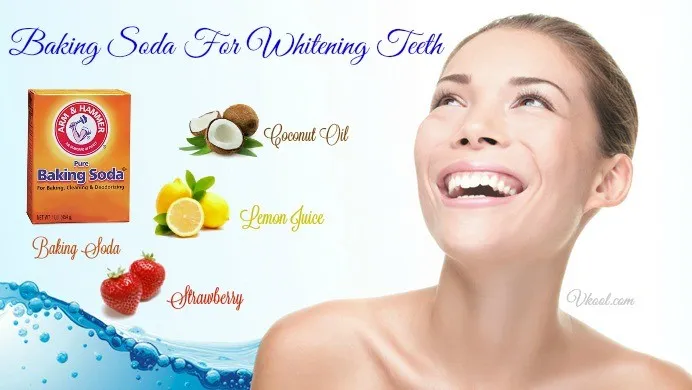What is Baking Soda and How Does it Work?
Baking soda, also known as sodium bicarbonate, is a common household ingredient with a wide array of uses, from baking to cleaning. But did you know that it can also be used as a teeth whitening agent? Its popularity in this regard stems from its mild abrasive properties and its ability to neutralize acids, which can contribute to tooth discoloration. This versatile compound has been a subject of interest for those seeking affordable and accessible methods for achieving a brighter smile. Understanding how baking soda works on your teeth is the first step to using it safely and effectively for teeth whitening. It’s essential to know the science behind this natural remedy before applying it to your teeth.
The Science Behind Baking Soda’s Whitening Power
The whitening effect of baking soda is primarily attributed to its mild abrasive nature. When used to brush your teeth, baking soda helps to scrub away surface stains caused by foods, drinks, and tobacco. The tiny particles of baking soda act like a gentle exfoliant, removing the plaque and debris that can dull your teeth’s appearance. Furthermore, baking soda has alkaline properties, which help neutralize acids in your mouth. This neutralization can reduce the environment where bacteria thrive and can contribute to tooth decay and further staining. While it’s not a bleaching agent in the same way as hydrogen peroxide, baking soda’s mechanism of action provides a cleaning and polishing effect that can gradually reveal a brighter smile. The effectiveness, however, depends on the type and severity of stains, and regular use is key to seeing noticeable results.
Baking Soda and Its Abrasive Properties
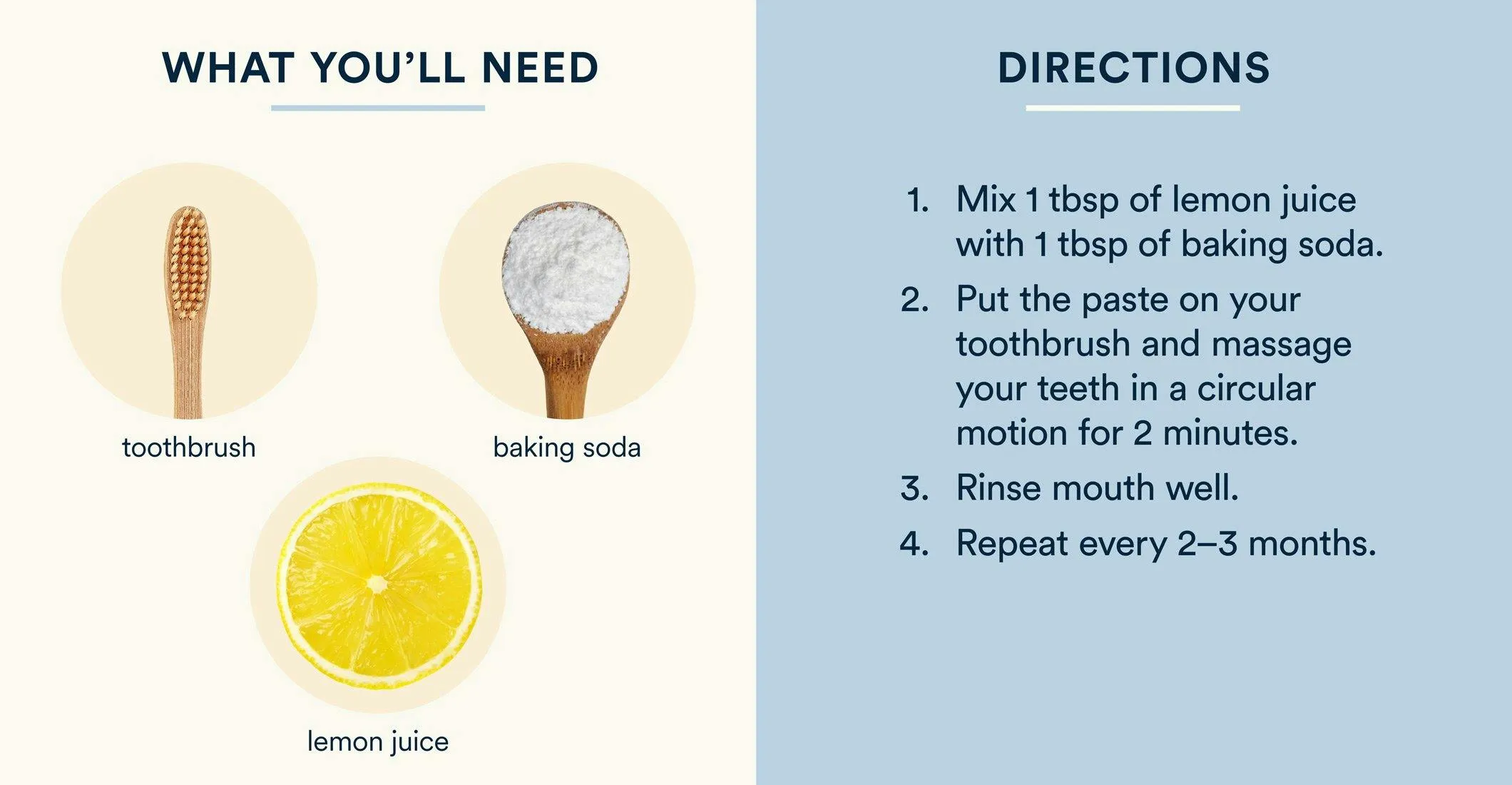
The abrasive nature of baking soda is a double-edged sword when it comes to teeth whitening. While it can effectively remove stains and polish the enamel, excessive or improper use can lead to damage. The abrasiveness helps to physically remove stains and plaque, but this same action can also wear away the enamel over time. Enamel is the hard, protective outer layer of your teeth. Its erosion makes teeth more susceptible to sensitivity and decay. For this reason, it’s crucial to use baking soda with caution and in the correct proportions. Diluting the baking soda in water or mixing it with other ingredients, like coconut oil, can help to mitigate its abrasive effects. It’s best to use a soft-bristled toothbrush and avoid applying too much pressure when brushing to minimize potential harm to your teeth.
Understanding Tooth Discoloration
Tooth discoloration is a common cosmetic concern, with various factors contributing to the change in tooth color. Understanding the causes of discoloration is crucial for selecting the most appropriate whitening method. The color of our teeth can be affected by both external and internal factors. External stains affect the surface of the enamel, while internal stains are within the tooth structure itself. The type of stain influences how easily it can be removed and whether baking soda is an effective solution. Consulting a dentist can help determine the precise causes of your tooth discoloration and create the most effective strategy for addressing them. The color of your teeth can be influenced by a lot of elements, so it’s important to know what causes it to better take care of your teeth.
What Causes Tooth Stains?
Tooth stains can arise from various sources. The most common culprits are dietary choices. Foods and beverages with strong pigments, such as coffee, tea, red wine, berries, and curries, can stain the enamel. Tobacco use is another major cause of staining, leading to yellowing and discoloration. Age is also a factor, as the enamel thins with age, revealing the yellowish dentin underneath. In addition, certain medications, like tetracycline, can cause internal staining during tooth development. Poor oral hygiene, including infrequent brushing and flossing, allows stains to build up. Genetics and certain medical conditions can also play a role. Understanding the causes of your specific tooth discoloration is key to determining the most effective approach to whitening and maintaining a healthy smile.
How Baking Soda Helps Remove Stains
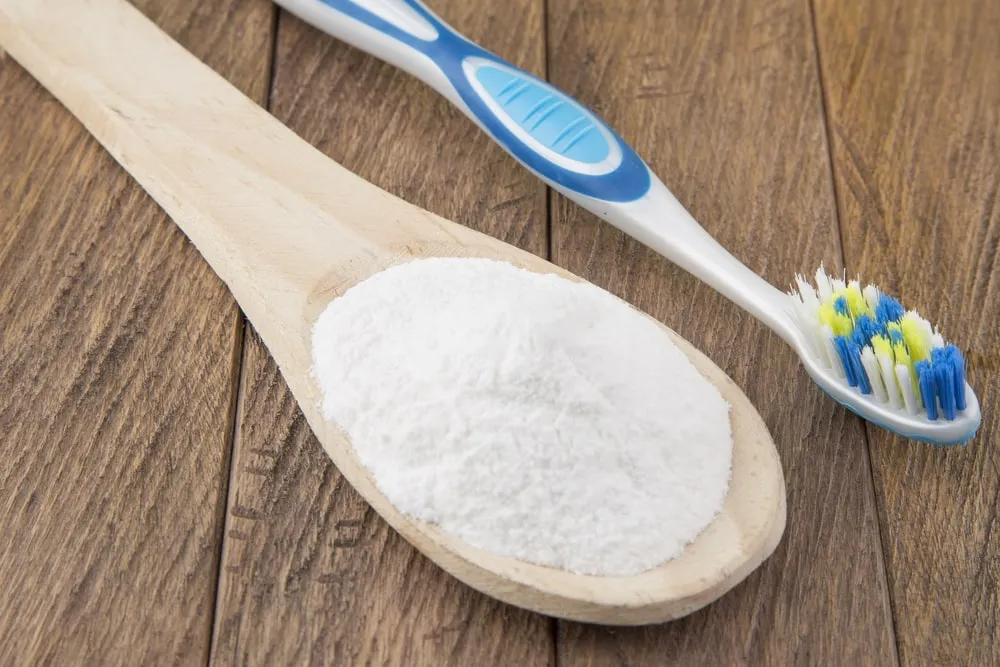
Baking soda addresses stains primarily by acting as a gentle abrasive. It effectively removes surface stains that haven’t penetrated the enamel deeply. This makes it effective for stains caused by coffee, tea, and other dietary factors. By scrubbing away these surface stains, baking soda reveals the natural color of your teeth. However, baking soda is less effective on stains that are deep within the tooth structure, such as those caused by tetracycline or internal aging. In these cases, professional whitening treatments might be necessary. Regular brushing with baking soda, combined with good oral hygiene practices, can help to prevent the build-up of new surface stains, leading to a consistently brighter smile. While baking soda can be an effective option for some stains, it is important to understand that it isn’t a magical solution for all kinds of stains.
Effective Baking Soda Teeth Whitening Methods
The most common methods for using baking soda for teeth whitening involve creating a paste and brushing your teeth with it. It’s a simple process, but it’s important to do it correctly to ensure you see the best results while minimizing potential risks. Baking soda is usually mixed with water to create a paste-like consistency. This paste is then applied to a toothbrush and used to brush your teeth. Another method combines baking soda with other ingredients like hydrogen peroxide or coconut oil. Each ingredient enhances the whitening and cleaning properties. The frequency and application are key factors in determining its effectiveness and safety. Consistency is very important and it is recommended to brush your teeth with baking soda no more than twice a week.
Baking Soda and Water
This is the simplest method, and it involves mixing baking soda with water to form a paste. The ratio of baking soda to water should be about 2 to 1, or enough to create a paste that is not too thick or too runny. You can experiment with the amount of water to achieve the desired consistency. Apply the paste to a soft-bristled toothbrush and brush your teeth gently for about two minutes. Rinse thoroughly with water. This method relies solely on the mild abrasive action of baking soda to remove surface stains. It’s a good starting point for those new to using baking soda for teeth whitening and for those who want to avoid adding other ingredients.
Baking Soda and Hydrogen Peroxide
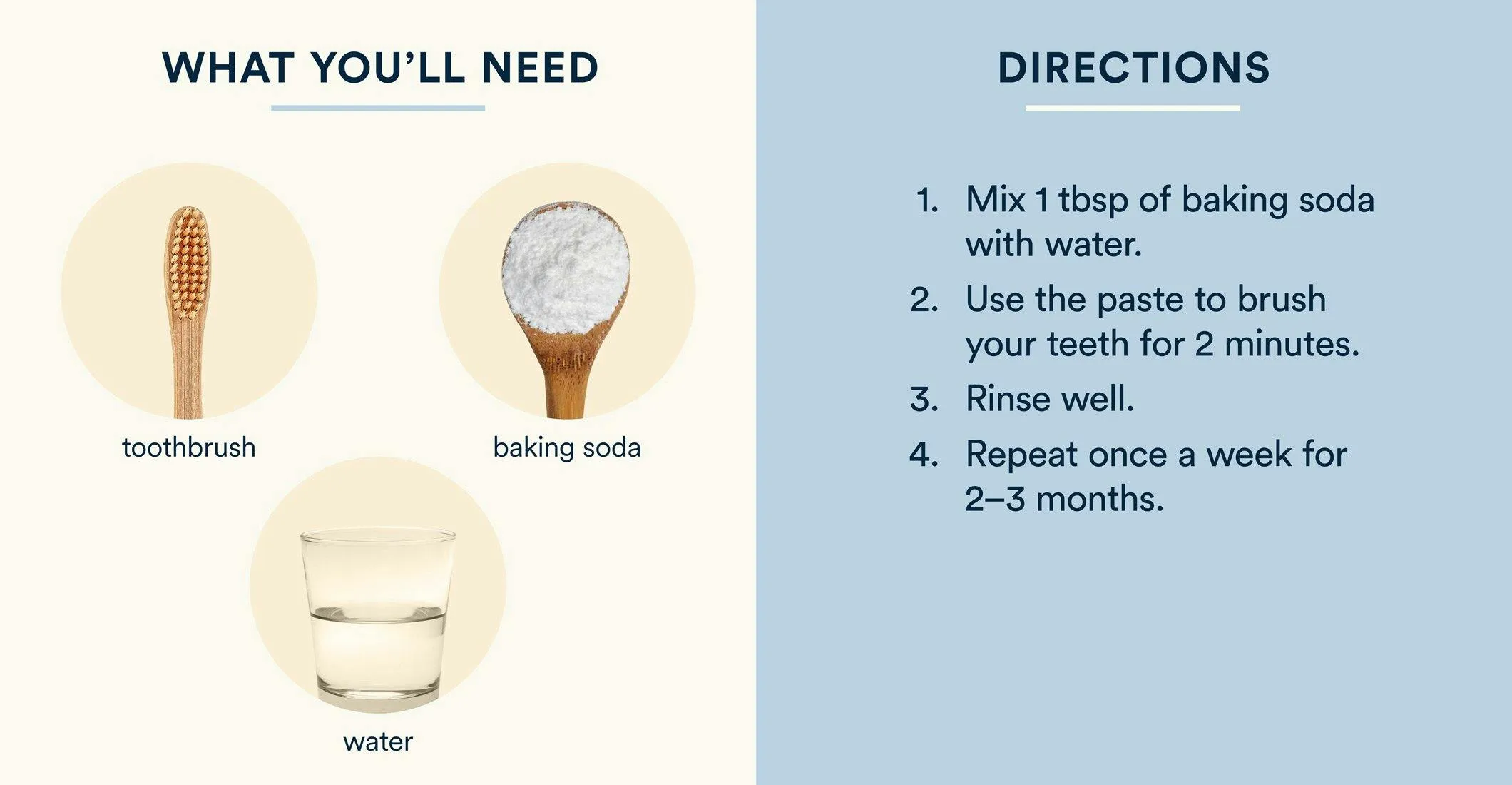
Combining baking soda with hydrogen peroxide can enhance the whitening effect. Hydrogen peroxide is a mild oxidizing agent that helps to bleach the teeth. Mix baking soda with a small amount of 3% hydrogen peroxide to create a paste. The hydrogen peroxide can be found at most pharmacies. This mixture helps to tackle stains more effectively. Brush your teeth with the mixture for about two minutes and then rinse your mouth thoroughly. This combination offers a more potent approach to teeth whitening, but it’s essential to use it cautiously to prevent irritation. The mixture helps with removing tough stains as well. Only use this method once or twice a week to reduce potential damage.
Baking Soda and Coconut Oil
Coconut oil is known for its natural antibacterial and anti-inflammatory properties. Mixing baking soda with coconut oil can help reduce the abrasiveness of the baking soda, making it gentler on the enamel. Combine equal parts of baking soda and coconut oil to create a paste. You can warm the coconut oil slightly to make it easier to mix. Brush your teeth with this mixture for about two minutes. Coconut oil can also help in removing plaque and bacteria from the mouth, promoting overall oral health. This combination is a good option for those with sensitive teeth and those seeking a more natural approach to teeth whitening. Coconut oil gives a mild flavor to the paste making it less harsh.
Important Tips for Baking Soda Teeth Whitening
When using baking soda for teeth whitening, there are several important tips to keep in mind to ensure its safe and effective use. Always use a soft-bristled toothbrush to minimize the risk of abrasion to your enamel. Avoid brushing too vigorously or applying excessive pressure. Limit the frequency of brushing with baking soda to no more than twice a week to reduce the risk of enamel erosion. If you have sensitive teeth, you should exercise caution. If you have fillings, crowns, or other dental work, be sure to consult with your dentist before using baking soda, as it could affect your dental work. It’s important to be aware of the potential for increased sensitivity and to stop using baking soda if you experience any discomfort. Monitoring your teeth for any changes and maintaining regular dental check-ups are crucial.
Frequency and Application

The frequency with which you use baking soda for teeth whitening is very important for maintaining dental health. Overuse can lead to enamel erosion and increased tooth sensitivity. It’s recommended to limit the use of baking soda to no more than twice a week. This frequency strikes a balance between the whitening benefits and the need to protect your enamel. Always brush your teeth gently, using a soft-bristled toothbrush, and avoid applying too much pressure. The duration of brushing should be around two minutes. Always rinse your mouth thoroughly with water after brushing to remove any remaining baking soda. Following these guidelines can help you to achieve the best results while also protecting your teeth from harm.
Potential Side Effects and Risks
While baking soda is generally safe for teeth whitening when used correctly, there are potential side effects and risks. Enamel erosion is a primary concern, as the abrasive nature of baking soda can wear down the enamel over time. This can lead to increased tooth sensitivity, especially to hot or cold foods and drinks. Excessive use can also irritate the gums, causing them to become inflamed or even bleed. It’s crucial to monitor your teeth and gums for any adverse reactions. If you notice increased sensitivity or discomfort, you should discontinue using baking soda and consult your dentist. Other risks include damage to existing dental work such as fillings and crowns, and in rare cases, the development of cavities. Practicing moderation and combining baking soda use with good oral hygiene practices can minimize these risks.
Alternatives to Baking Soda for Teeth Whitening
If you’re looking for teeth whitening options other than baking soda, there are plenty of effective alternatives. Hydrogen peroxide, often used in whitening toothpastes and kits, is a common choice. Over-the-counter whitening toothpastes and strips are also readily available and offer a convenient way to improve your smile. Many toothpastes contain mild abrasives and bleaching agents to remove stains and brighten teeth. If you’re looking for natural alternatives, you can consider oil pulling with coconut oil. Oil pulling helps with removing plaque, bacteria, and can contribute to brighter teeth. When choosing an alternative, consider your specific needs and preferences, as well as any sensitivity issues you may have. Consulting with a dentist can help you choose the most appropriate and safe option for your oral health.
Professional Whitening Treatments
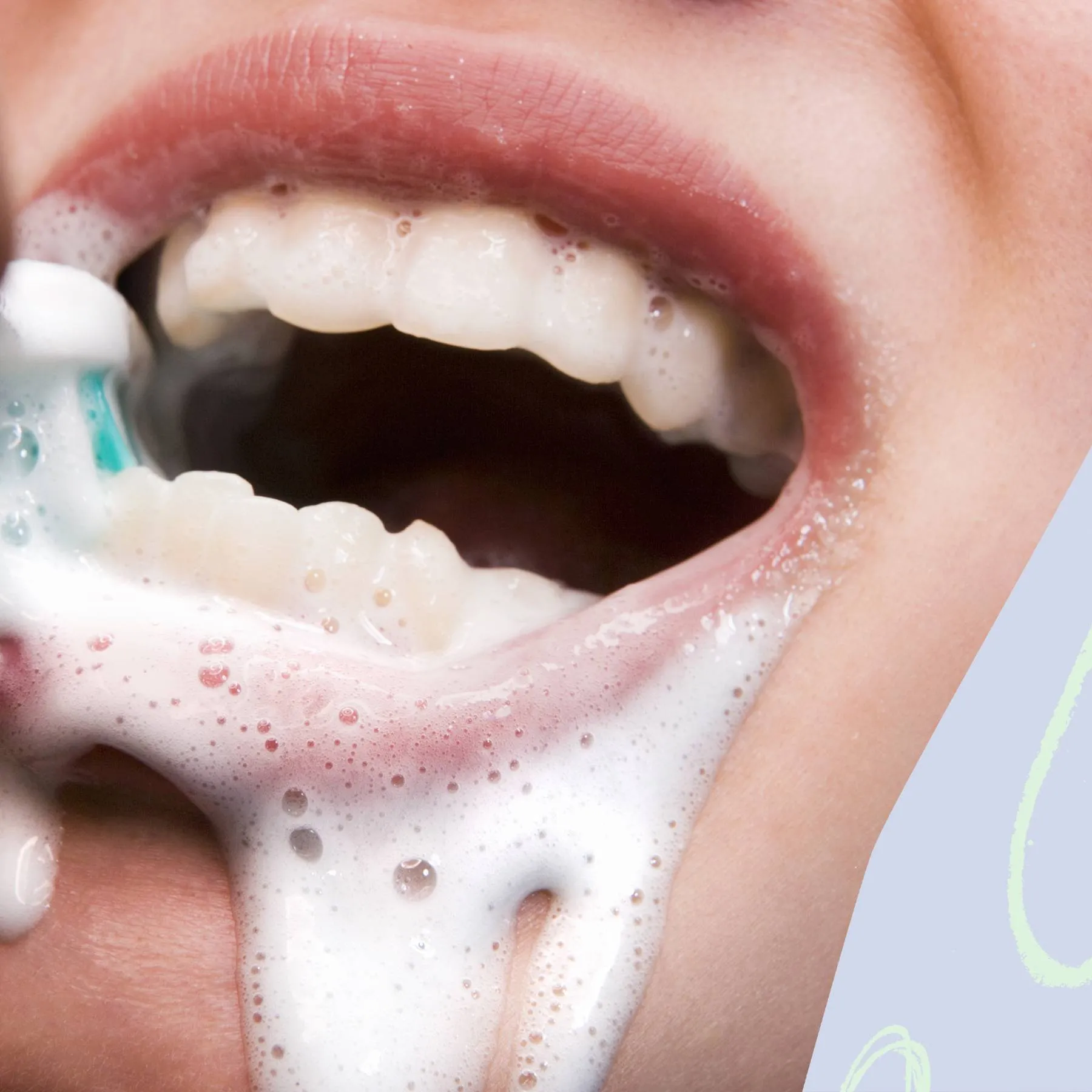
For those seeking more dramatic results, professional teeth whitening treatments are an excellent option. Dentists offer in-office whitening procedures using stronger bleaching agents that can produce significantly whiter teeth in a single visit. These treatments are typically performed with a high concentration of hydrogen peroxide, which is carefully applied to the teeth under professional supervision. In-office whitening offers immediate and noticeable results and is often considered the most effective method for teeth whitening. In addition to in-office procedures, dentists can provide custom-fitted whitening trays and professional-strength bleaching gels for at-home use. This allows you to whiten your teeth gradually. Before undergoing professional whitening treatments, it’s essential to consult with your dentist to determine if it’s the right option for you and to address any underlying oral health issues.
At-Home Whitening Kits
At-home whitening kits provide a convenient and cost-effective option for teeth whitening. These kits typically contain whitening strips, trays, or gels that you can use at home. Over-the-counter whitening strips are widely available and easy to use. They typically contain a thin layer of hydrogen peroxide and are applied directly to the teeth. Custom-fit whitening trays offer a more tailored approach, as you can fill them with a whitening gel and wear them for a prescribed amount of time. The effectiveness of at-home kits varies depending on the concentration of the bleaching agent. Follow the instructions carefully to minimize the risk of sensitivity. These kits offer a more gradual approach to teeth whitening, and results can usually be seen within a few weeks. If you have any existing dental work or sensitivity, consulting with your dentist before using these kits is recommended.
Maintaining Your Bright Smile After Whitening
After achieving your desired level of whitening, it’s important to maintain your bright smile. Regular dental check-ups and cleanings are essential for removing plaque and tartar and for keeping your teeth healthy. Practicing good oral hygiene, including brushing twice daily and flossing daily, helps to prevent stains from reoccurring. Avoiding foods and drinks that cause stains, such as coffee, tea, red wine, and tobacco products, can extend the life of your white smile. You can also use a whitening toothpaste or mouthwash to help maintain your results. Regular touch-ups with at-home whitening products can also help to keep your teeth bright. By incorporating these practices into your daily routine, you can enjoy a brighter smile for years to come. It’s best to keep up with oral hygiene to avoid staining your teeth after whitening.
In conclusion, baking soda can be a useful tool for teeth whitening due to its abrasive properties. When used cautiously and correctly, it can effectively remove surface stains, leading to a brighter smile. However, it’s essential to understand the potential risks, such as enamel erosion and gum irritation, and to use baking soda in moderation. Always consult with a dentist to determine if baking soda is the right choice for your specific dental needs and to discuss any concerns you may have. By understanding the science, following best practices, and maintaining a commitment to good oral hygiene, you can achieve and maintain a brighter, healthier smile. Remember that a radiant smile is not just about aesthetics but also about overall oral health and well-being.
